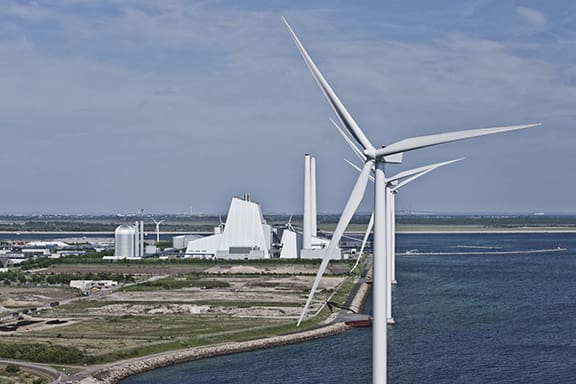In a new agreement, Ørsted will sell carbon dioxide removal (CDR) credits amounting to 363,763 tons (330,000 tonnes) of carbon dioxide (CO2) to Equinor over a ten-year period. This is part of Ørsted’s CO2 capture and storage project, Ørsted Kalundborg CO2 Hub, which will capture 473,994 tons (430,000 tonnes) of biogenic CO2 annually from two of Ørsted’s biomass-fired combined heat and power plants from 2026. The CO2 that is captured comes from sustainable biomass and will be permanently stored under the North Sea seabed. In this way, CO2 will be removed from the atmosphere and contribute to negative emissions.
The sale of CDR credits contributes to the realization of the Ørsted Kalundborg CO2 Hub, as biomass-based carbon capture and storage is still at an early stage of development and associated with high costs. The sale of CDR credits and support from the Danish Energy Agency have been crucial to the financing of the project.
Part of Equinor’s ESG strategy is to reduce its net scope 1 and 2 greenhouse gas emissions by 50% by the end of 2030 compared to 2015 levels. A maximum of 10% of this target may be achieved through CDR credits, and at least 90% of this target must be achieved through absolute reductions.
“Equinor shares Ørsted’s commitment to maturing carbon capture and storage technologies,” said Ole Thomsen, senior vice president and head of Ørsted’s bioenergy business. “We already have a partnership with Equinor and Nordsøfonden to explore the possibility of storing CO2 in the subsurface, and we’re pleased to expand the collaboration through this agreement on the sale of CDR credits.”
Ørsted’s partner Northern Lights, which is responsible for storing CO2 in the subsurface, is also owned by Equinor, among others.
“We’re very pleased to expand our cooperation with Ørsted to also include CDR credits,” said Svein Skeie, senior vice president of strategy and business development at Equinor. “We both share the belief that building markets enabling the physical reduction and removal of carbon will play a role in reducing emissions.”



















